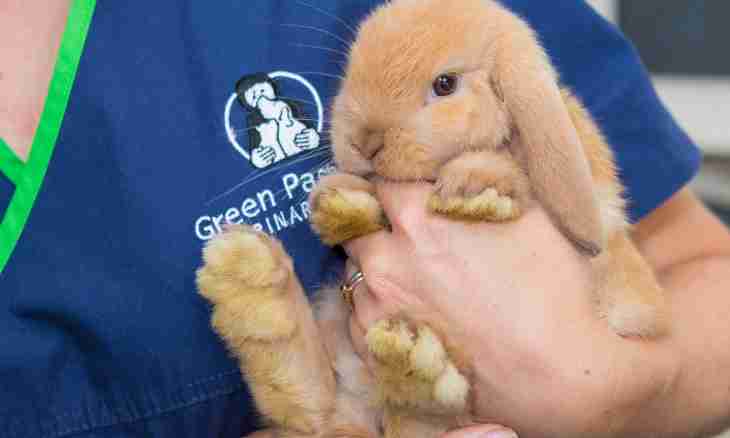Decorative rabbits - touching and tiny creations which are specially intended for the contents in the apartment. They gain the increasing popularity as pets. But not all know, than they differ from the ordinary rabbits widespread in agriculture. How not to be mistaken, buying a small animal? What needs to be considered at its choice?
Instruction
1. It is desirable to buy a decorative rabbit from professional manufacturers who can provide a family tree of a small animal and all necessary documents, or as option, in pet-shop. If you are offered by a krolchonka someone from acquaintances or your attention was drawn by nice small animals in the market, it is necessary to pay attention to what version they belong. Otherwise you risk to become the owner of an ordinary meat rabbit.
2. The main difference of a decorative rabbit from meat - its small sizes. The ordinary decorative rabbit even at adult age weighs no more than 2.5 kg while the meat rabbit is capable to grow and gain weight to 8 kg. There are also decorative dwarfish rabbits, they are absolutely small - no more than 1.5 kg. The weight of an ordinary decorative rabbit in two months is about 300 grams, and the weight of dwarfish - half is less.
3. A small decorative krolchonk it is possible to distinguish from usual on length of ears. At decorative krolchat ears short - 1-3 cm, and at adult rabbits the ears grow to 5 cm. Ears of a meat rabbit are much longer.
4. Besides, decorative rabbits can be distinguished on the characteristics inherent in their various breeds. One of the most popular types of decorative rabbits is called ""ram"". Their ears differ in the fact that aged from one up to two months become trailing. Sometimes ears at ""rams"" initially fall down asymmetrically: one falls, and another continues to stand upright. But this temporary age phenomenon. At an adult rabbit the sticking-out ear testifies to insufficient purity of breed. ""Barend"" - one of the most unpretentious types of decorative rabbits.
5. Rather strongly representatives of breed ""rex"" differ from other rabbits. They have very short hair, to the touch similar to plush. This unusual feature makes such rabbits more susceptible to fungal and infectious diseases - protective function of an integument at them is reduced. And here at dwarfish rabbits of the Angora and fox breeds, wool is on the contrary much longer, than at usual. Besides, they differ in effective brushes on ears. When choosing such rabbit it is necessary to remember that his long wool will demand thorough everyday leaving.
